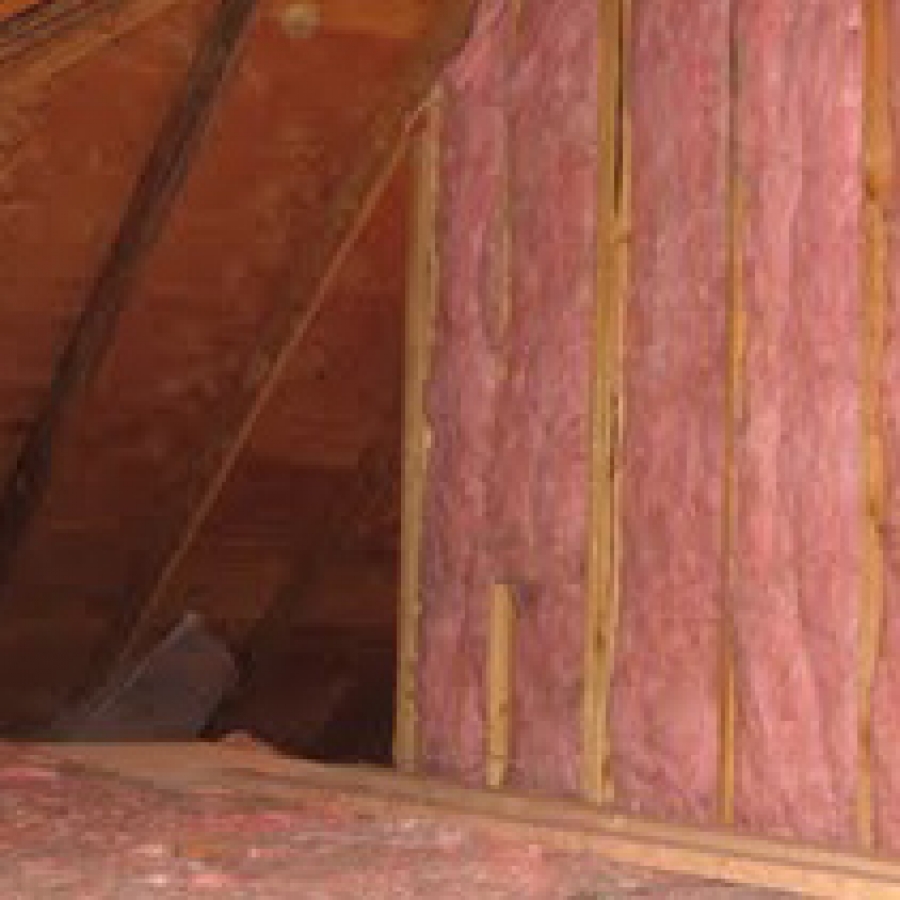Knee Wall Insulation and Air Sealing
Knee walls — often found in houses with finished attics — are vertical walls with attic space directly behind them. These walls are notoriously leaky and often uninsulated. For energy efficiency, a knee wall and the attic floor in the attic space behind it should be properly insulated and air sealed.

Topic Summary
Before insulating or deciding whether to add insulation to your knee wall, first see our information about adding insulation to an existing house or selecting insulation for new home construction if you haven't already.
Insulation and Air Sealing Techniques

When installing the insulation, you can use twine to hold batt insulation in place. The technique of adding rigid foam insulation over the framing is particularly effective. Rigid insulation can be notched to fit over the floor joists. Sealing rigid insulation to floor joists effectively blocks open floor joists.
The best approach for creating an energy-efficient knee wall is to insulate and air seal the rafter space along the sloping ceiling of the knee wall attic space:
- Insulate the rafters at the recommended insulation levels or R values.
- Cover the rafters with a sealed air barrier, such as drywall or foil-faced hardboard. Caulk the barrier to the top plate of the knee wall itself.
- Seal any other cracks and holes.
One advantage of this approach is that any ductwork located in this space is now inside the conditioned space. Therefore, the ductwork won't require insulation.
Another approach includes the following steps:
- Sealing the knee wall using conventional techniques (i.e., seal the bottom plate and penetrations through the drywall, etc.)
- Plugging the open joists below the knee wall with cardboard, metal flashing, rigid insulation, loose-fill insulation blown at a high density, or batt insulation stuffed into plastic bags
- Sealing the plugs to the joists using caulk or spray foam.
Whatever approach you use, you'll also want to properly insulate and air seal the knee wall door.
Article source: The U.S. Department of Energy’s Office of Energy Efficiency and Renewable Energy (EERE). For the most up-to-date information please visit the EERE website.



